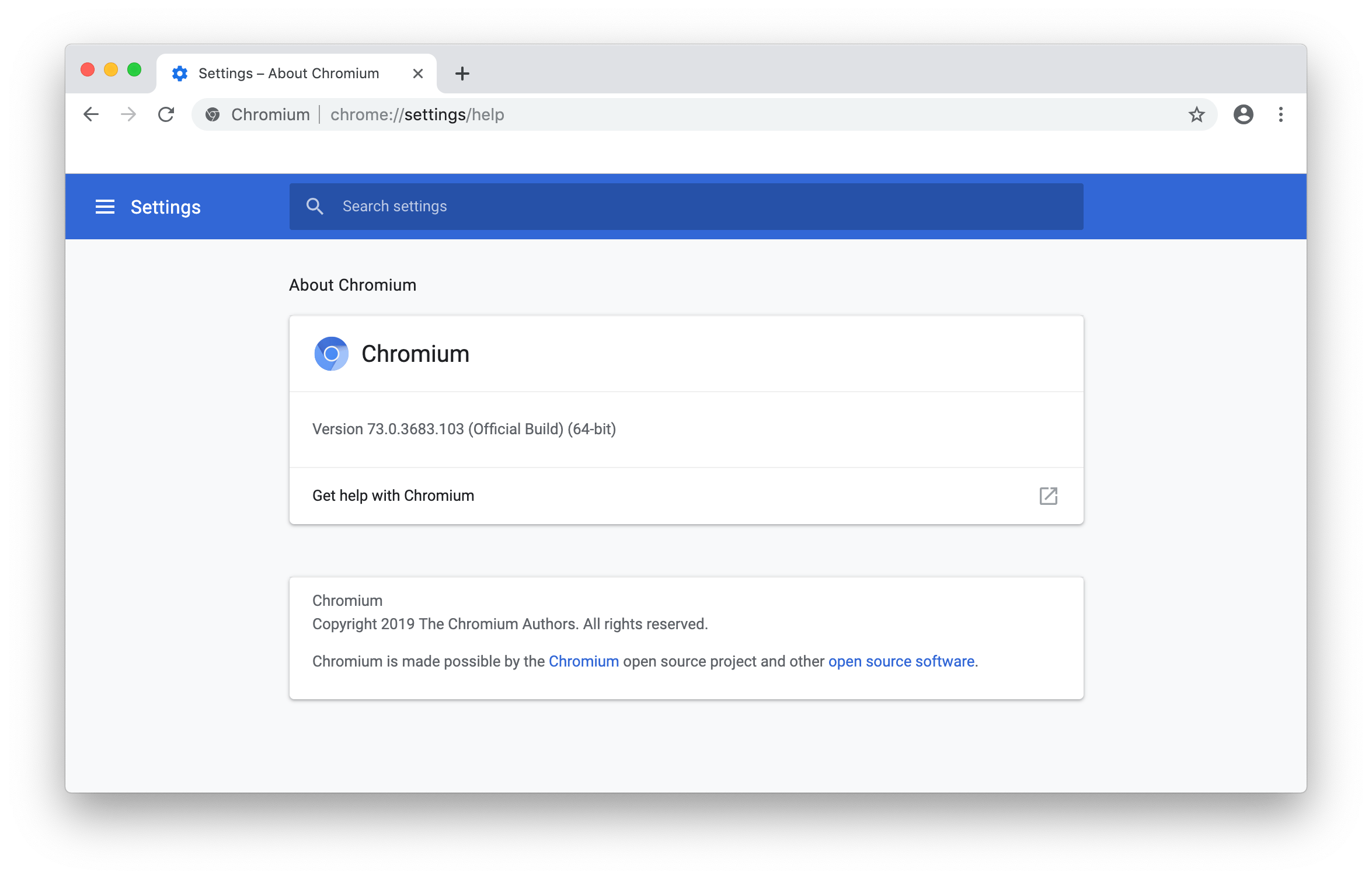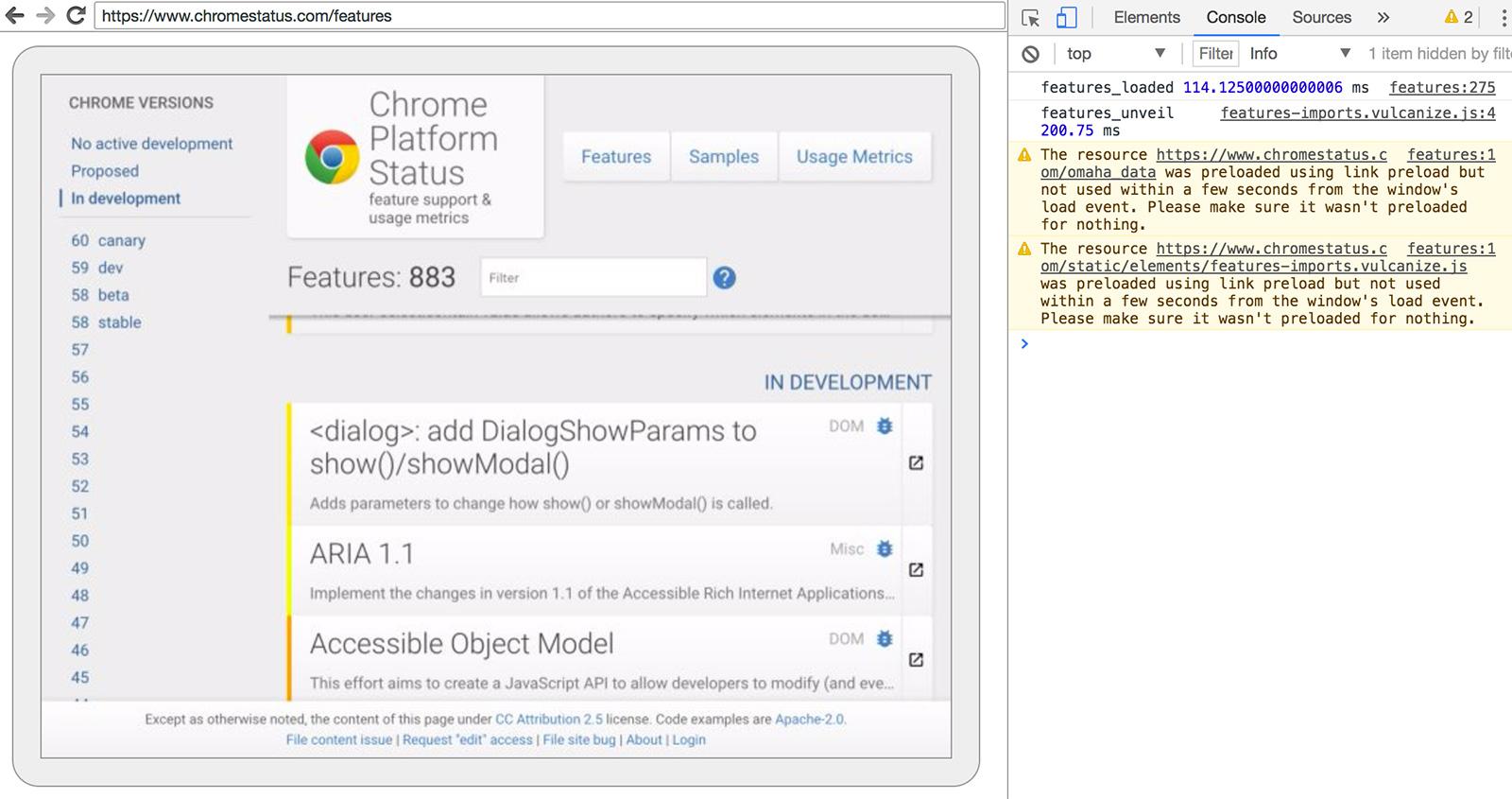
Headless browsers are also useful for web scraping.

Headless browsers provide automated control of a web page in an environment similar to popular web browsers, but they are executed via a command-line interface or using network communication. For our testing context we can live with disabling the sandbox with a custom laucher in to be confused with Text-based web browser.Ī headless browser is a web browser without a graphical user interface. This is due to the inability of Chrome’s sandboxing feature to work in a Docker container as-is. Any other artifacts can be archived with archiveArtifact.Īs you may have noticed, the custom ChromiumHeadlessNoSandbox preset is used in this example. Jenkins Plugins like JUnit or Cobertura already pull the concerned files out of the container and copy them onto the Jenkins master. What about artifacts? They have to be archived to survive a pod shutdown. Ng test -browsers=ChromiumHeadlessNoSandbox \
#Chromium browsers port to headless chrome install#
Instead of the karma-phantomjs-launcher, you install the karma-chrome-launcher and configure Karma accordingly in your : module.exports = function (config) In a more conventional setup with Karma, the switch from PhantomJS to Chrome is quite easy. Alternative 2: Use headless Chrome (or Firefox) Additionally, if you have end-to-end tests, you are going to need a real browser setup anyway. The downside is that they are not executed in a real browser and you have to mock browser APIs. This also means no special setup on the CI server is needed. The advantage is that these tests run way faster and can be executed completely within Node. It is possible to use Jest in Angular projects too. Many React projects are already doing this with Jest for example, where the DOM is abstracted with jsdom (a pure-JavaScript implementation of a subset of the DOM and HTML standards). It may sound a little irritating at first, but you should seriously think about not using a browser at all to execute your JavaScript unit tests.

Alternative 1: Don’t use a browser at all In the next sections I’m going to suggest a few alternatives to a PhantomJS setup and elaborate on their advantages and disadvantages. No more goofy PhantomJS binary installation with NPM.They can be started non-headless, which allows easier debugging.They are faster and more stable (PhantomJS has a lot of open issues).They are real browsers with a broad feature support (PhantomJS uses a very old version of WebKit – and in the meanwhile Chrome switched to Blink anyway).There are several reasons to favor headless Chrome/Firefox over PhantomJS: And since version 55, Firefox also provides a headless mode.


This is mainly due to the fact that Google introduced Headless Chrome with Chrome 59. In April 2017, Vitaly Slobodin announced, that he’s stepping down as a developer and maintainer of PhantomJS, the headless WebKit browser.


 0 kommentar(er)
0 kommentar(er)
